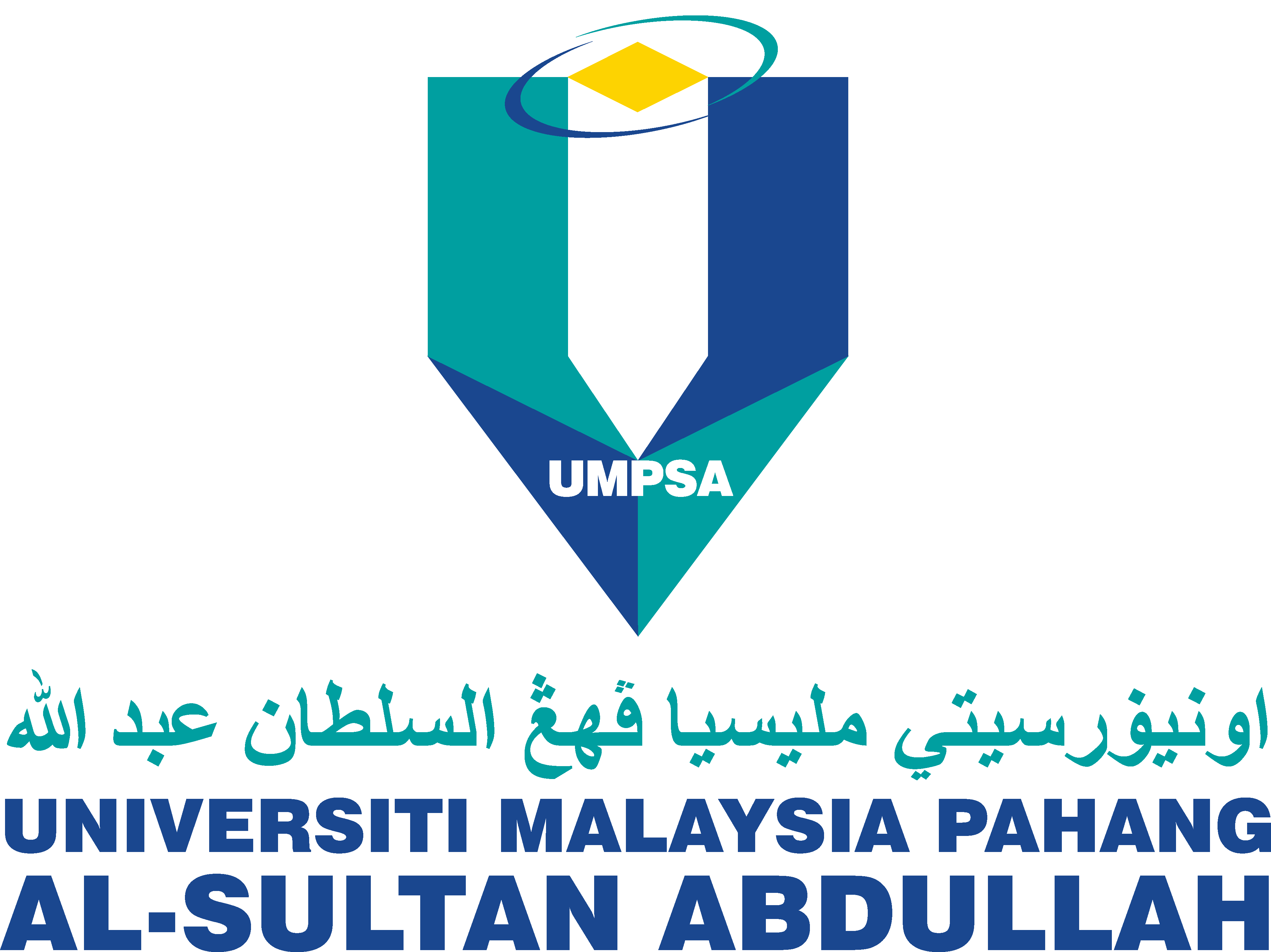BRIDGING ACADEMICIAN AND COMMUNITY THROUGH KNOWLEDGE TRANSFER PROGRAM (KTP) ON WORKPLACE RISK ASSESSMENT TECHNIQUE- A CASE STUDY
DOI:
https://doi.org/10.15282/ijim.11.1.2021.6410Keywords:
Knowledge Transfer, Safety and health, Workplace, Risk assessmentAbstract
Since technical education involves equipment and workshop/laboratory activities, safety and health risks due to hazardous situations have become the primary issue and require immediate mitigation measures. The main issue that needs immediate attention here is that most ADTEC (Advanced Technology Training Center) staff lack expertise in workplace risk assessment techniques. Some of them are also unaware of these life-threatening safety and health risks. They are unable to anticipate the long-term impact of their everyday activities on their safety and health. Thus, knowledge of hazard identification and prevention strategies is essential for them to improve their workplace environment. This program has been executed in four stages, which are off-the-job training, walkabout and hands-on activity, oral presentation, and followed by an individual assessment. As for an individual assessment, all participants need to sit the written test and an oral interview. The purpose of an individual assessment is to gauge participant understanding and the effectiveness of the program. The program has been conducted successfully whereby all the 32 participants have undergone the training and passed the assessment (written test and interview). All participants gave very encouraging feedback and believed this program would equip them with knowledge on conducting the risk assessment for all activities in their organization. The authors strongly believe that this initiative and program will ultimately assist ADTEC in reducing the probability of accident occurrence in their organization.
References
Basahel, A. M. (2015). Investigation of Work-related Musculoskeletal Disorders (MSDs) in Warehouse Workers in Saudi Arabia. Procedia Manufacturing, 3, 4643–4649.
Fox, M. A., Spicer, K., Chosewood, L. C., Susi, P., Johns, D. O., & Dotson, G. S. (2018). Implications of applying cumulative risk assessment to the workplace. Environment International, 115, 230–238.
Gul, M., & Ak, M. F. (2018). A comparative outline for quantifying risk ratings in occupational health and safety risk assessment. Journal of Cleaner Production, 196, 653–664.
Hussain, R., Pedro, A., Lee, D. Y., Pham, H. C., & Park, C. S. (2018). Impact of safety training and interventions on training-transfer: targeting migrant construction workers. International Journal of Occupational Safety and Ergonomics, 26(2), 272–284.
Kalkis, H. (2015). Economic Analytical Methods for Work-related MSD Cost Prediction. Procedia Manufacturing, 3, 4181–4188.
Kim, Yangho, Park, J., & Park, M. (2016). Creating a culture of prevention in occupational safety and health practice. Safety and Health at Work, 7(2), 89-96.
Kim, Yeon-ha, & Jung, M. (2016). Analysis of Workplace Health Education Performed by Health Managers in Korea. Asian Nursing Research, 10(3), 246-253.
Kraus, U., Breitner, S., Hampel, R., Wolf, K., Cyrys, J., Geruschkat, U., Gu, J., Radon, K., Peters, A., & Schneider, A. (2015). Individual daytime noise exposure in different microenvironments. Environmental Research, 140, 479–487.
Lay, A. M., Saunders, R., Lifshen, M., Breslin, F. C., Lamontagne, A. D., Tompa, E., & Smith, P. M. (2017). The relationship between occupational health and safety vulnerability and workplace injury. Safety Science, 94, 85–93.
Lenhardt, U., & Beck, D. (2016). Prevalence and quality of workplace risk assessments – Findings from a representative company survey in Germany. Safety Science, 86, 48–56.
Maakip, I., Keegel, T., & Oakman, J. (2016). Prevalence and predictors for musculoskeletal discomfort in Malaysian office workers: Investigating explanatory factors for a developing country. Applied Ergonomics, 53, 252–257.
Oakman, J., Macdonald, W., Bartram, T., Keegel, T., & Kinsman, N. (2018). Workplace risk management practices to prevent musculoskeletal and mental health disorders : What are the gaps ? Safety Science, 101(December 2016), 220–230.
Stanislawska, M., Halatek, T., Cieslak, M., Kaminska, I., Kuras, R., Janasik, B., & Wasowicz, W. (2017). Coarse, fine and ultrafine particles arising during welding - Analysis of occupational exposure. Microchemical Journal, 135, 1–9.
Terwoert, J., Verbist, K., & Heussen, H. (2016). An Intervention Study on the Implementation of Control Banding in Controlling Exposure to Hazardous Chemicals in Small and Medium-sized Enterprises. Safety and Health at Work, 7(3), 185–193.
Zuraidah, M. Z. (2008). TVET in Malaysia. http://dspace.unimap.edu.my/xmlui/bitstream/handle/123456789/7186/TVET in Malaysia.pdf?sequence=1&isAllowed=y
Downloads
Published
Issue
Section
License
Copyright (c) 2021 Nur Fazlinna Ab Ghani, Azizan Ramli, Kharul Anwar Johari, Mohd Shaiful Zaidi Mat Desa, Norhaslinda Hanapi

This work is licensed under a Creative Commons Attribution 4.0 International License.



